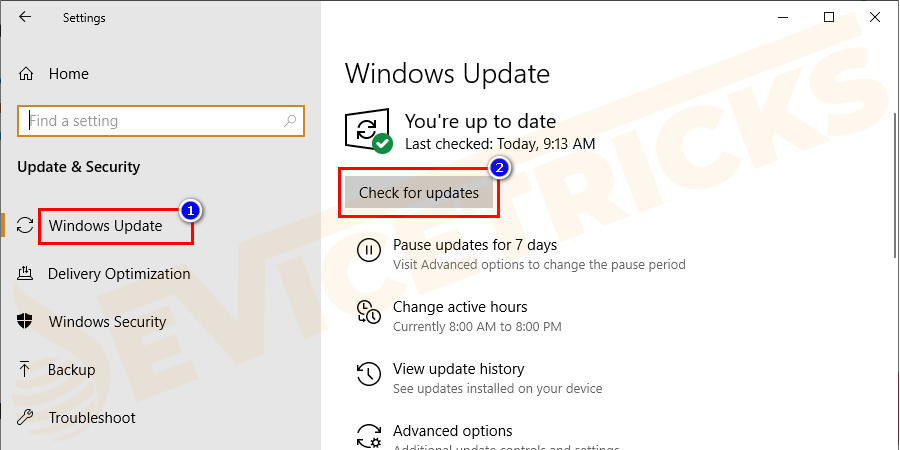
Fortunately, more stable programs such as HTML5, WebGL, and WebAssembly are great replacements for it and most browsers are already using them in place of Flash Player. The features outlined below are for points of comparison between this and the alternatives.

It will no longer receive any updates and Adobe will continuously prompt users to uninstall to ensure their systems aren't vulnerable. Browsers will be eventually phasing this tool out and Adobe strongly recommends everyone to uninstall it. This is due to various security issues with the software, as well as technological advancements and better alternatives available. Starting January 12, 2021, Adobe will no longer be supporting Adobe Flash Player and will block Flash content from running in it. for Windows, Mac and Android.Why is Adobe Flash Player being discontinued? The patches are included in Adobe AIR version 3.

The two Flash Player vulnerabilities were also fixed in Adobe AIR, a runtime for rich Internet applications that has Flash support. The Flash Player versions bundled with Google Chrome, Internet Explorer 10 and Internet Explorer 11 will automatically be updated through those browsers' update mechanisms. Tuesday's update, though, moved the Windows and Macintosh versions of Flash Player to version 11.9.900.170, and the Linux version to 11.2.202.332.

Some mitigation for this type of exploit exists since Flash 11.6, which introduced a click-to-play feature that requires users to confirm the playback of Flash content embedded in documents when opened in Microsoft Office versions older than Office 2010. If exploited successfully, both vulnerabilities can lead to arbitrary code execution allowing attackers to take control of the affected systems.

A memory corruption flaw tracked as CVE-2013-5332 was also fixed. That CVE (Common Vulnerabilities and Exposures) ID refers to a type confusion vulnerability fixed in the new version of Flash Player.


 0 kommentar(er)
0 kommentar(er)
